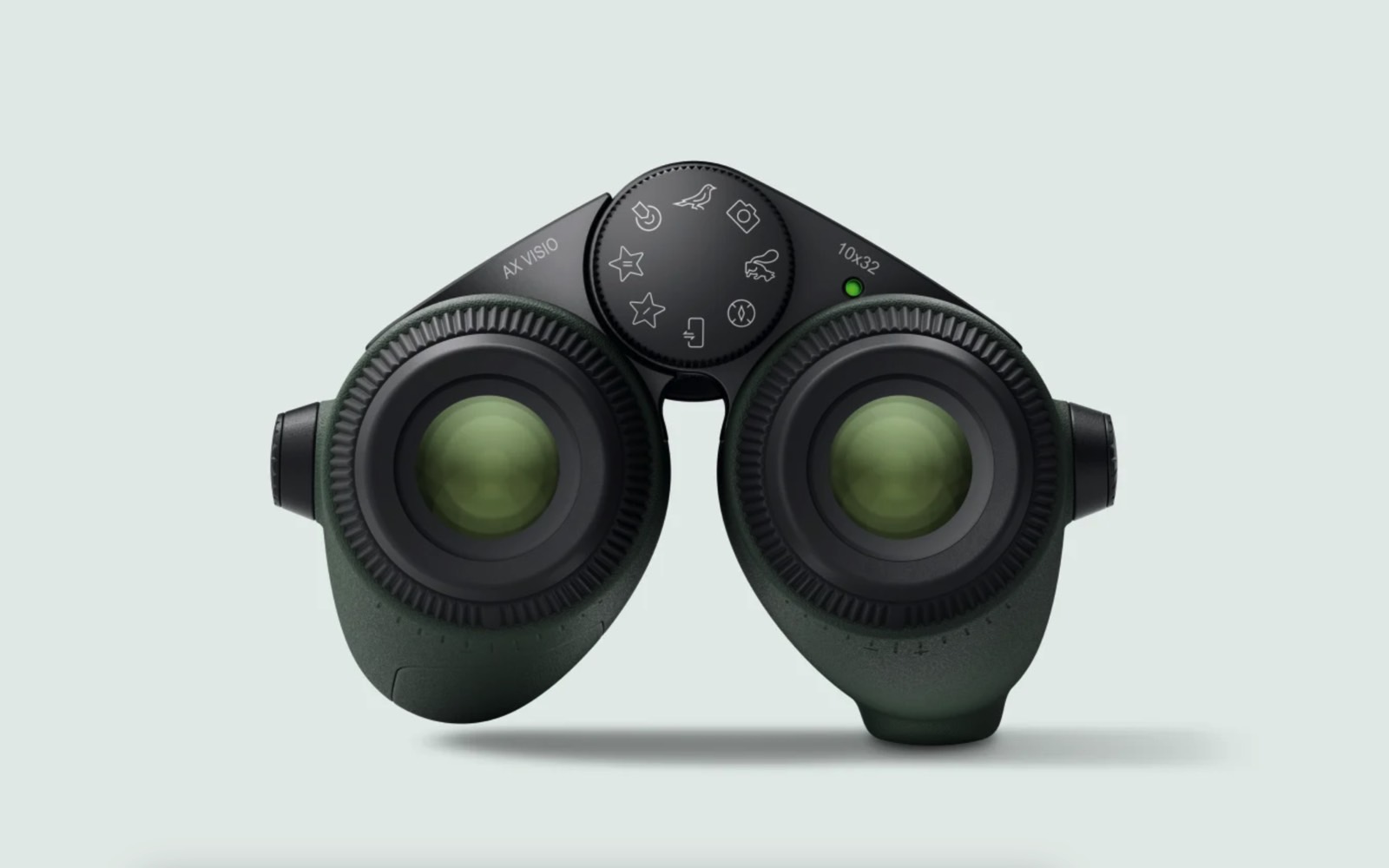I can’t say I’m a bird watcher. It’s quite the contrary, I don’t spend enough time in nature, though I want to fix that. I can say that binoculars have always appealed to me, or rather, the prospect of using a pair in the wild. Add smart features to them, especially features powered by AI, and I’d be immediately drawn in while fully knowing that I’m not the kind of person who would get the most out of them.
With that in mind, I’ll tell you that the Swarovski Optic AX Visio binoculars that showed up at CES 2024 made me want them immediately. Inexplicably.
The ability to identify thousands of birds with AI and capture Full HD footage of what you’re looking it sounds amazing. They’d serve as a good excuse to get out more, and I’d certainly pack them everywhere.
But it turns out that I have to fight my impulsiveness on this one. The Swarovski Optic AX Visio binoculars will retail for almost $5,000. That’s more than Apple’s Vision Pro and a new iPhone would cost, combined.
Still, Swarovski Optik’s device is impressive. The company said in a press release that AX Vision is “the world’s first AI-supported binoculars and a perfect symbiosis of high-performance analog long-range optics and digital intelligence.”
Also worth noting is that Marc Newson designed the binoculars. Newson worked at Apple on the Apple Watch and other products. He then moved to LoveFrom, the design firm Jony Ive formed when he left Apple. Newson worked on other iconic products and collaborated with other firms during his career. But Apple is certainly an important detail in his resume.
Back to the AX (Augmented Experience) Visio, the device uses “high-precision analog optics in SWAROVISION quality assist with real-time identification of more than 9,000 birds and other wildlife.” That alone is incredible.
Add the ability to capture 13-megapixel photos and Full HD 1080p video, and you have a tremendous way to capture life in the wild as it happens. You can then share your captures with the Swarovski Optik Outdoor App on your phone.

The binoculars have other smart features, including the ability to share discoveries with others. You can mark objects to help guide companions to your observation point. The AX Visio also has a built-in compass, a useful feature when exploring the wild.
Five years in the making, the AX Visio was released to celebrate the company’s 75th anniversary. The device features about 390 parts. One of them is the Neural Processing Unit (NPU) that’s responsible for the AI features, like recognizing birds and other wildlife species.
On its product pages, Swarovski Optik said it used 20 programming languages to teach the AX Visio how to provide the best possible support for wildlife observations. That’s 23,000 hours of work invested in developing the software for the world’s first smart binoculars.
The AX Vision supports up to 10x magnification and a field of view of 112 meters at 1,000 meters. The lens diameter is 32 mm, and the light transmission is 88%. Finally, battery life sits between 2 hours and 15 hours, depending on how much you use it.
The only “problem” is the $4,799 price tag for this sophisticated pair of binoculars. But I’m sure that any bird and wildlife enthusiasts who can afford the purchase will be thrilled to get their hands on the AX Vision come February when orders open.
Meanwhile, you can learn more details about the product, complete with a manufacturing journey, at this link.








